Invented by Robert Jay Greenberg, Neil Hamilton Talbot, Jordan Matthew Neysmith, Jerry Ok, Vivani Medical Inc, Cortigent Inc
Flexible circuit electrode arrays are thin, lightweight, and highly flexible electronic circuits that are designed to be integrated into various applications. They consist of a flexible substrate, conductive traces, and electrode pads. These arrays can be bent, twisted, and shaped to fit the contours of different surfaces, making them ideal for applications that require conformability and flexibility.
One of the key drivers of the market for flexible circuit electrode arrays is the increasing demand for wearable medical devices. These devices are used for monitoring vital signs, tracking physical activity, and delivering therapeutic treatments. Flexible circuit electrode arrays enable the development of comfortable and unobtrusive wearable devices that can be worn for extended periods without causing discomfort to the user.
Moreover, the market for flexible circuit electrode arrays is also driven by the growing adoption of virtual reality (VR) and augmented reality (AR) technologies. These technologies rely on high-performance sensors and electrodes to capture and transmit data in real-time. Flexible circuit electrode arrays provide the necessary flexibility and durability to withstand the rigorous movements and interactions associated with VR and AR applications.
In terms of manufacturing methods, there are several techniques employed to produce flexible circuit electrode arrays. One common method is the use of additive manufacturing, also known as 3D printing. This technique allows for the precise deposition of conductive materials onto flexible substrates, enabling the creation of complex electrode patterns with high resolution.
Another method used in the manufacturing of flexible circuit electrode arrays is roll-to-roll (R2R) processing. This technique involves the continuous fabrication of circuits on a flexible substrate, allowing for high-volume production at a lower cost. R2R processing is particularly suitable for large-scale manufacturing, making it an attractive option for companies looking to meet the increasing demand for flexible circuit electrode arrays.
Furthermore, advancements in materials science have played a crucial role in the development of flexible circuit electrode arrays. Conductive polymers and nanomaterials have emerged as promising alternatives to traditional metal-based electrodes. These materials offer improved flexibility, biocompatibility, and electrical conductivity, making them well-suited for a wide range of applications.
In conclusion, the market for flexible circuit electrode arrays and the methods of manufacturing them have witnessed significant growth due to the increasing demand for wearable medical devices, VR/AR technologies, and other applications that require flexible and conformable electronic circuits. The use of additive manufacturing and roll-to-roll processing techniques, along with advancements in materials science, have further fueled the development and adoption of these innovative devices. As technology continues to advance, the market for flexible circuit electrode arrays is expected to expand even further, opening up new opportunities for various industries.
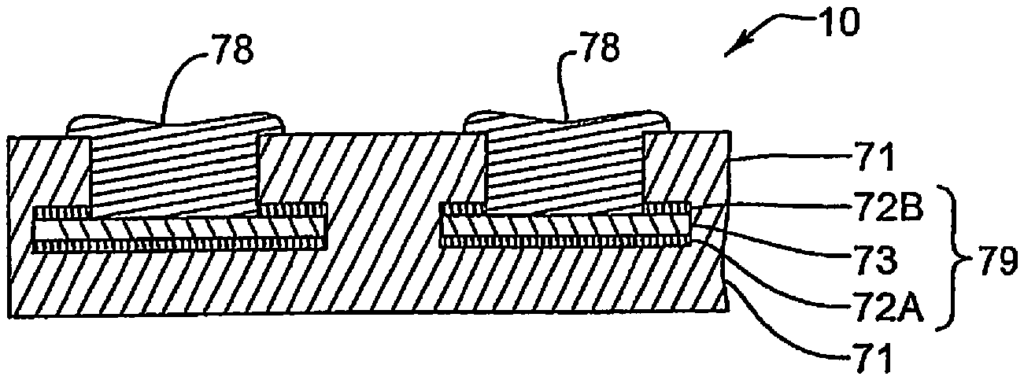
The Vivani Medical Inc, Cortigent Inc invention works as follows
The polymer is then laid down. The polymer is patterned and then a layer of metal applied. This creates electrodes and leads. The second layer of polymer, which is patterned and applied on top of the metal layer to create the openings for electrodes or later created by laser ablation, is then placed over the metal. The array and its cable supply are made of one body. Multiple alternating layers of polymer and metal may also be used to achieve more metal traces in a given space.
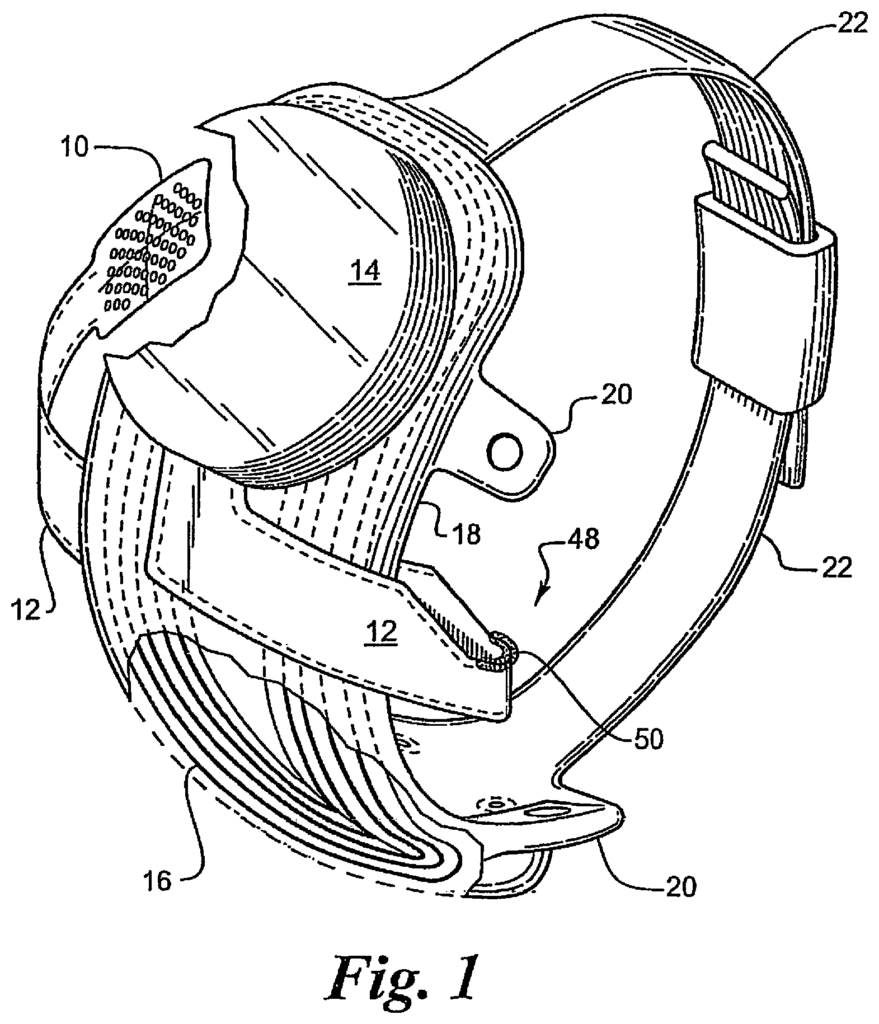
Background for Flexible Circuit Electrode Array and Method of Manufacturing the Same
The flexible circuit electrode array and the flexible circuit cable are electrically connected by a flexible wire that penetrates the sclera, and which is electrically attached to an electronic package. The flexible circuit array and flexible circuit cable form a single unit.
The pressure that an electrode array applies to the retina or other neural tissues is crucial. Low pressure increases electrical resistance between array and retina along with dispersion of the electrical field. High pressure can block blood flow in the retina, causing a similar condition to glaucoma. A flexible electrode array is required to be flat by most flexible circuit fabrication methods, such as photolithography. A flat array would apply more force near the edges than in its center, because the retina is spherical. Flexible circuit polymer edges can be very sharp, and they may cut delicate retinal tissue. When heated, most polymers can be curled in a mould. The curve of the eye can be achieved by applying the correct amount of heat on a completed array. It may also be advantageous to heat the flexible circuit repeatedly in multiple molds with decreasing radius when using a thermoplastic material such as liquid-crystal polymer.
The present invention is a flexible electrode array for a circuit, which comprises:
a) a polymer-based insulating layer;
b) At least one wire trace consisting of a thin base coating layer, a thin electrode layer and thin top coating layer;
c) At least one electrode connected through a via between the insulating layer and top thin coating layer to the electrode layer on the wire trace.
The present invention also provides a method for manufacturing a flexible electrode array comprising:
a) Depositing a metal trac layer consisting of a base coating, a conductor layer, and a top coat layer on the insulator base layer;
b) applying an insulator polymer layer with a photoresist layer on top of the metal trace layers and patterning it, and then forming metal traces onto the base layer.
c) activating insulator base polymer and depositing top insulator layer to form one single insulating layer with base insulator base polymer.
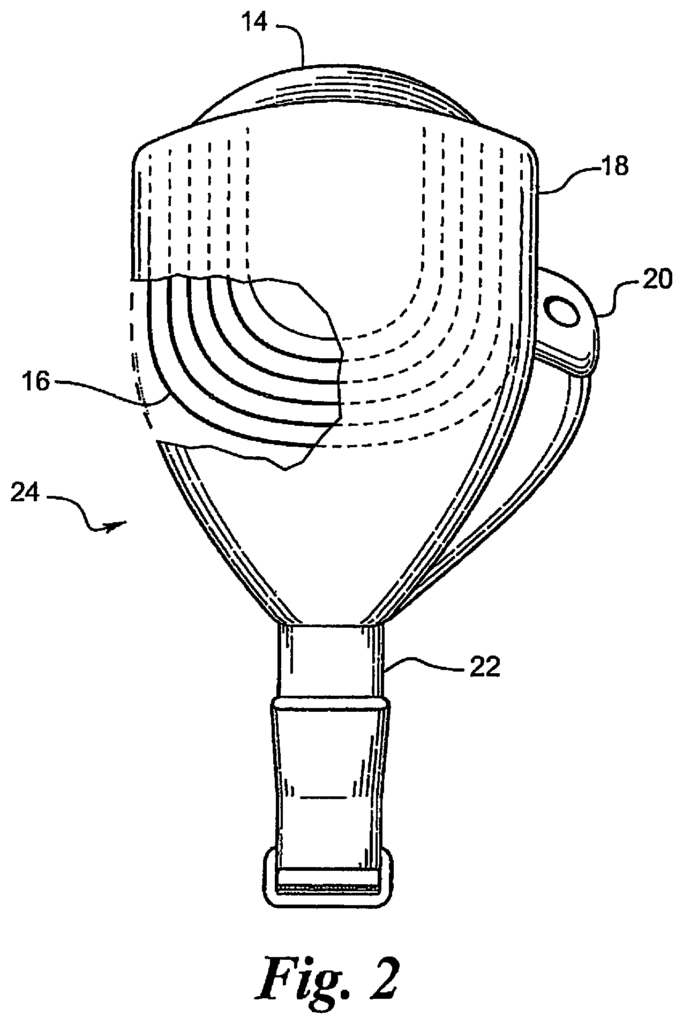
d) patterning both the insulator and top coating layers to obtain at minimum one via by applying a thin layer of metal and a photoresist layer on the insulator and polymer layer; and
Filling the via with electrode materials.
The present invention is a flexible electrode array that has excellent adhesion properties and insulation. This is achieved by activating a base layer of polymer prior to applying the top layer of polymer, where both layers are combined into one polymer. “The adhesion properties and insulating qualities are further enhanced by applying a metal top layer to the electrode layer in order to improve adhesion.
The method of the invention is a long-term solution to the problem of poor adhesion between the base polymer and the top polymer layer of an insulator. The present invention is a method that provides excellent adhesion of the polymer layer base layer to the polymer layer top layer, and excellent insulation of trace metal.
BRIEF DESCRIPTION ABOUT THE VIEWS FROM THE DRAWINGS
FIG. “FIG.
FIG. “FIG.
FIGS. “FIGS.
FIG. “FIG.
FIG. “FIG.
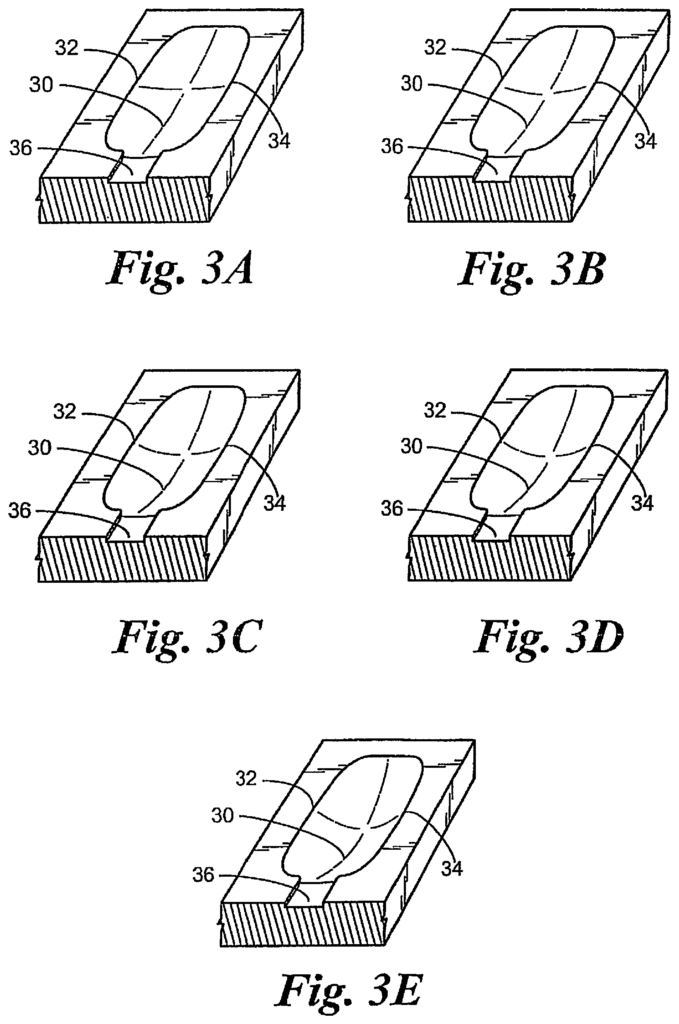
FIG. “FIG.
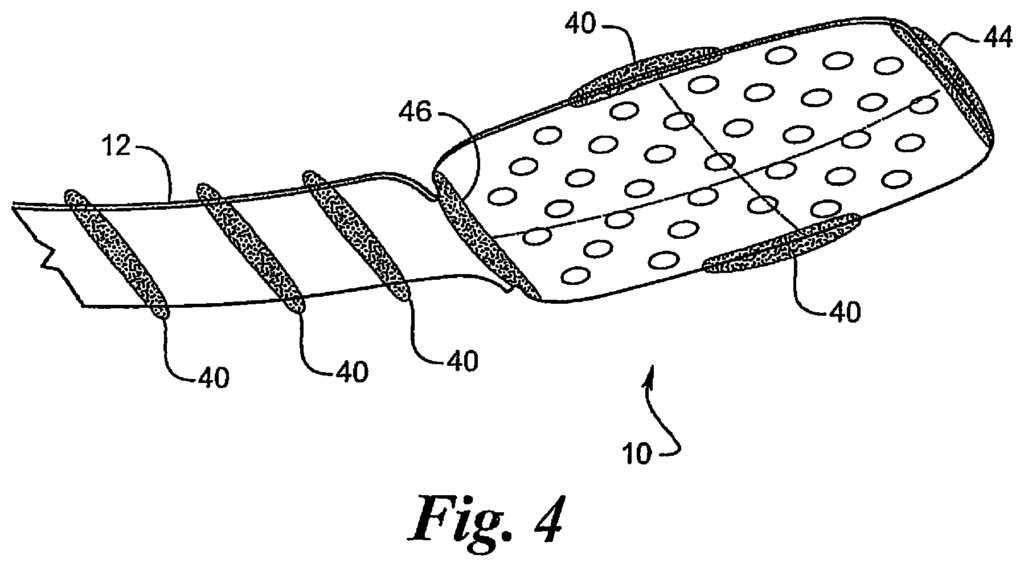
Click here to view the patent on Google Patents.
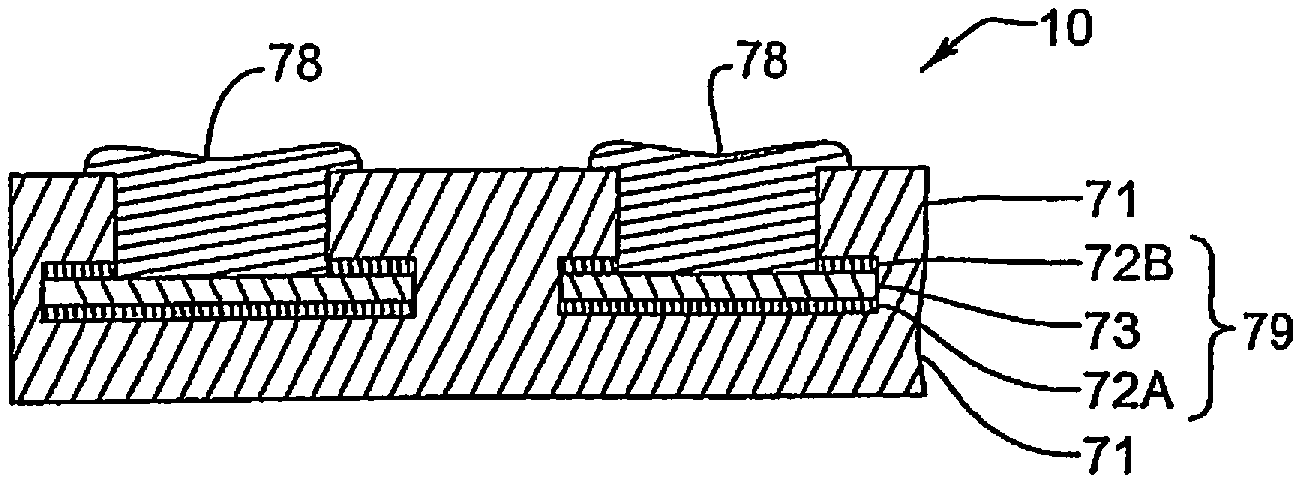
Leave a Reply